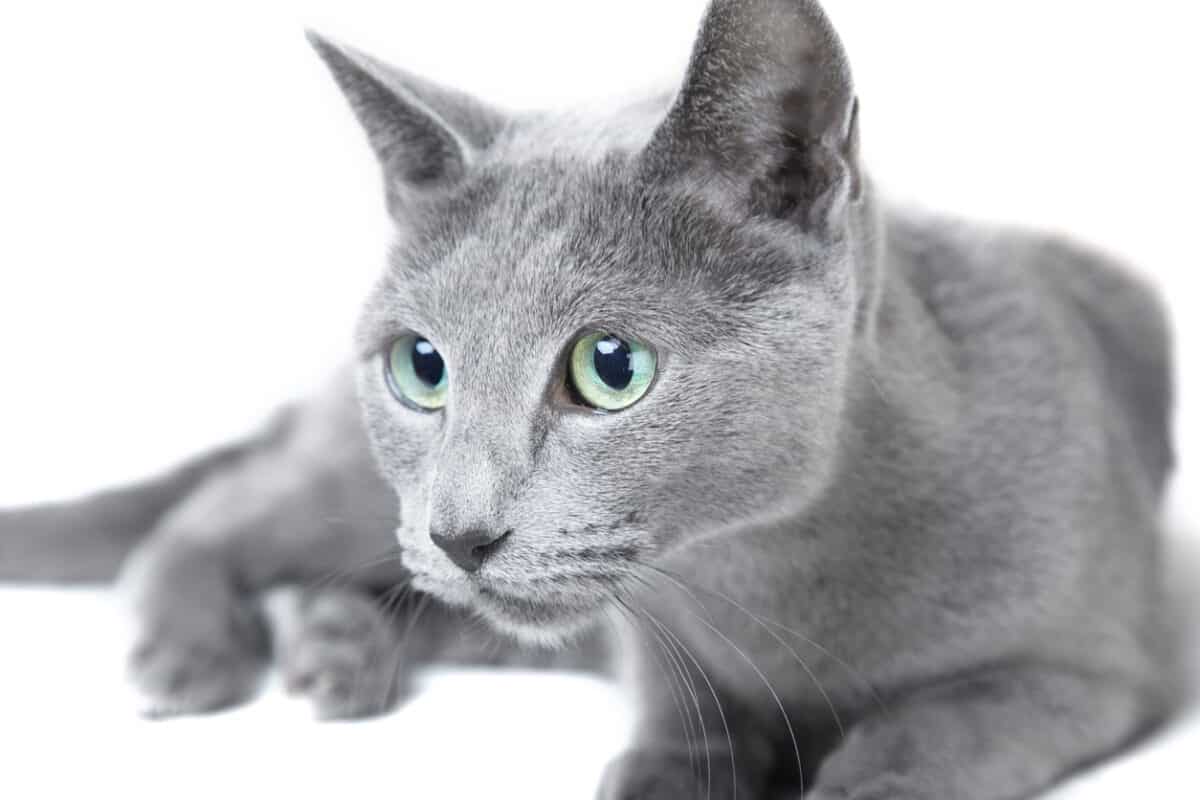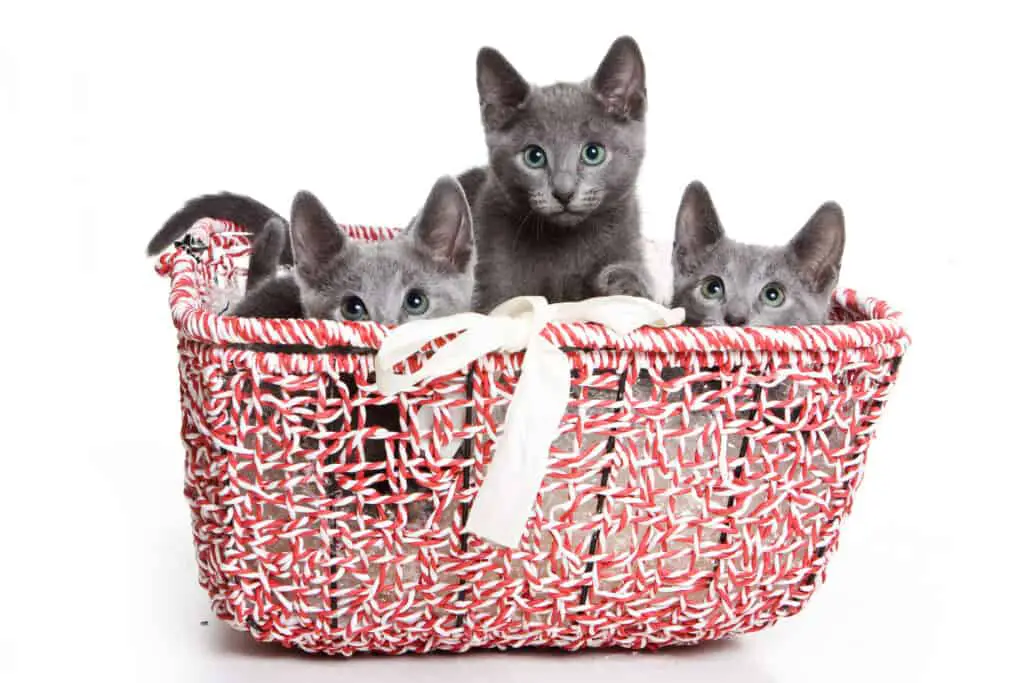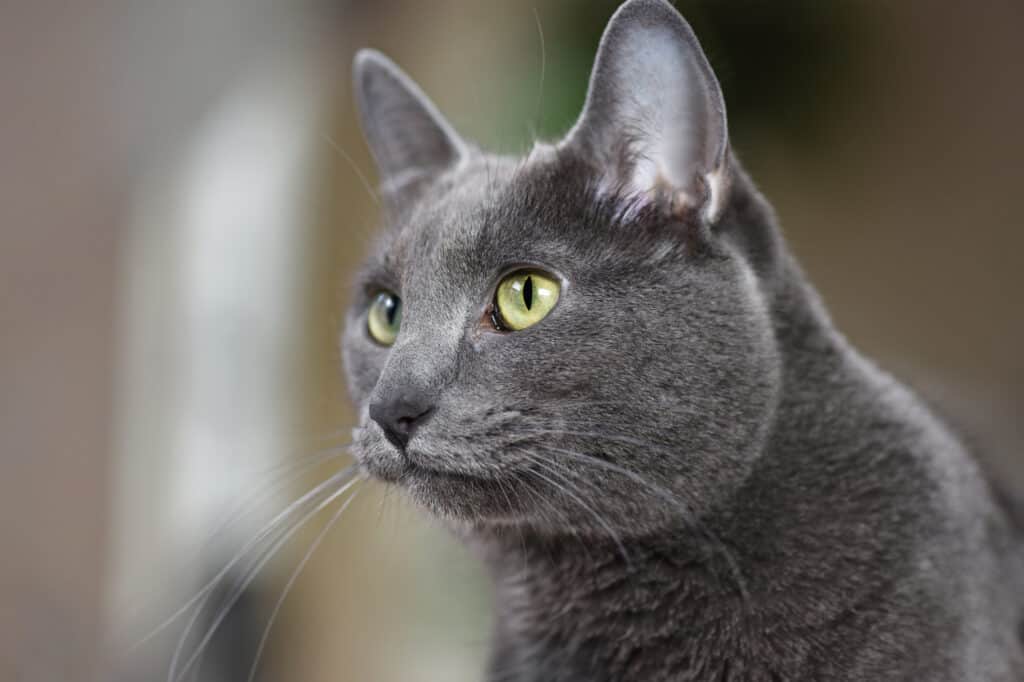Russian blue cats are one of the most popular pets in the world.
They are not only beautiful but are intelligent and have calm, affectionate, and independent personalities that make them an ideal choice for first-time pet owners, families with seniors and young children, or working pet parents who have to leave them alone for long periods.
But bringing home any pet comes with responsibilities, and it’s important to understand a Russian blue’s physical traits, personality, and other health concerns.
This article can help give you an idea of what it’s like to live with this breed—and whether it’s the right choice for you.
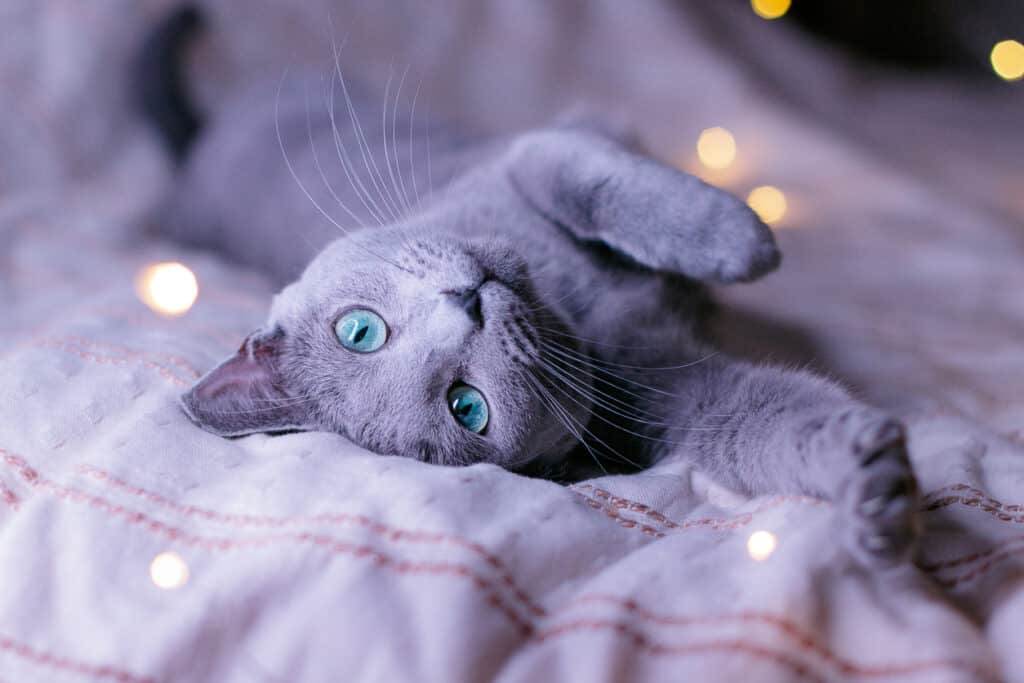
Physical characteristics
While it may be called a Russian blue, this breed’s coat color is actually closer to bluish grays, ranging from very light silver to a dark slate.
They have short hair but are densely packed in a double-layered coat. The undercoat is very downy and soft, while the outer coat typically is dark with silver tips—thus giving it a shimmering appearance, particularly if the fur is well maintained.
Russian blues also have very striking eyes. Kittens are born with blue eyes, which eventually fade into a golden hue.
At four months old, the eyes develop into yellow with an emerald ring before becoming a bright green once they reach adulthood.
In terms of size, Russian cats typically weigh 8 to 15 pounds and reach about 10 inches in height.
Their build is long and slender, with a fine facial bone structure: a broad forehead, a high arched nose, and elongated ears and neck. However, this can often be hidden under thick fur around the shoulders—making them look much fluffier and heftier than they are.
Suggested reading: Russian Blue – Complete Guide with Pictures
History
Russian blues are actually a naturally occurring cat breed, so it Is difficult to trace its origins. They first appeared in northwestern Russia, specifically on Archangel Island (Arkhangelsk). That is why they are sometimes called Archangel Cats or Archangel Blues.
Archangel Island is a port town, and experts believe that sailors adopted some as pets and brought them on board to other parts of Russia and Europe.
They were very popular among the Russian royalty and were featured in the first cat shows held in London during the 1880s.
Personality and temperament
The Russian blue cat is a calm and affectionate breed that is ideal for first-time pet owners or families with children and seniors.
- Intelligent. Russian blues are curious, and their high intelligence makes them very easy to train—although it’s more likely that they will use it to train you. At least you won’t have any trouble teaching them to use the litterbox and scratching post! Get them lots of toys and play with them frequently for mental stimulation, especially when they get the “zoomies.”
- Affectionate. Russian blues may become more attached to one pet parent like all cats. However, they have a naturally friendly temperament and will show affection to the whole family. They enjoy being picked up and cuddled, though they are shy around humans they don’t know.
- Vocal. One delightful trait of this breed is how it loves to have “conversations”. They meow expressively whenever you pet or talk to them or when they’re asking for food or water.
- Independent. Though they love attention, the Russian blue cat also has a strong independent streak and won’t mind being left alone the whole day. But when you come home, they will likely greet you with purrs and leg rubs.
- Tolerant of other pets. This diplomatic breed can get along well with other cats and dogs. But since they can be shy and sensitive, very loud and active dog breeds may make them nervous. They also have a high prey drive, so think twice about getting a pet fish or a bird.
- Thrives on routine. This breed doesn’t adapt well to changes, so provide a calm and familiar environment with predictable feeding schedules and minimal visitors.
Fun Fact: Russian Blues are also referred to as Archangel Blues
Grooming and pet care
Even with their lush coat, Russian blue cats are actually low-maintenance.
You just need to brush them once a week to remove loose hairs and prevent matting. Contrary to the belief that cats hate water, you can train a kitten to tolerate baths, but indoor pets will only need one every 5 to 6 weeks.
Other grooming requirements are regular eye and ear cleaning and nail trimming. Your veterinarian can also recommend cat toothpaste or other dental treatments.
Russian blues get enough exercise just from playing and stretching on a scratching post. If you notice that your pet is getting a little overweight, you can get cat toys (like feathered fishing pole toys) that trigger their strong hunting instinct and get them to run around.
Suggested reading: How Often Should You Bathe Your Cat
Diet and nutritional needs
An adult cat will generally need about 250 to 300 calories a day. You can use either dry or wet cat food. Russian blues have a tendency to be obese, so follow your vet’s instructions for feeding times and don’t give in when they meow for extra treats.
Be sure to provide fresh water. Cats have a low thirst drive and often don’t drink enough water. If you notice that your pet rarely touches their water dish, consider using a water fountain or switching to wet cat food, which has a higher moisture content.
Suggested reading: Wet Food or Dry Food, or Both?
Longevity and health
Because it’s a naturally occurring breed, Russian blues are generally stronger than other purebred cats. They have very few health risks and complications.
The only things to watch out for are bladder stones and urinary tract infections, which may develop from low-quality cat food that is high in salt.
The most common problem with Russian blues is obesity.
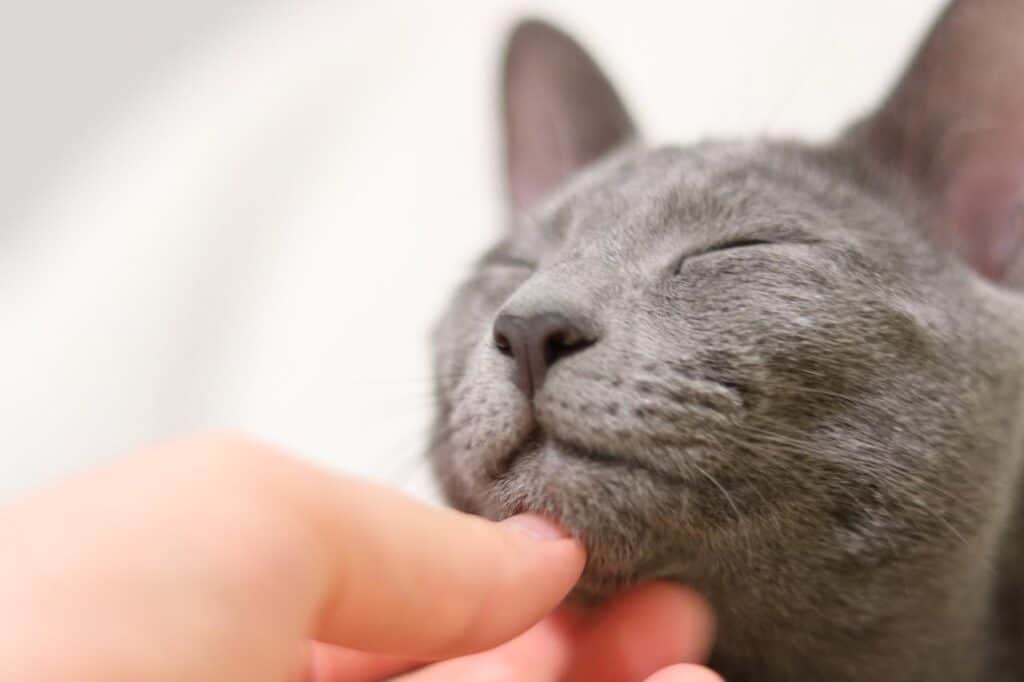
They love their food and will use their intelligence to either charm you to give them more food or to find a way to steal it. Unfortunately, obese cats are more prone to heart problems and other complications, so stay firm and stick to the portions recommended by your vet.
Remember that health and longevity can also depend on the kitten’s general health, based on the pre-natal and post-natal care it receives and the genetic line.
If you are buying a Russian blue from a breeder, check the breeder’s qualifications and how the cats were taken care of before, during and after birth.
Suggested reading: 10 Ways to Make Your Cat Live Longer
Allergies
Do you love cats but have allergies and asthma? The Russian blue cat is an excellent choice. Though they have a thick coat, they shed very lightly and contain lower levels of glycoprotein Fel d 1. This protein can trigger allergic reactions like skin rashes, itchiness, and respiratory issues.
That doesn’t mean that Russian blue cats are hypo-allergenic because, strictly speaking, no pet can fall into the category as defined by dermatologists.
A lot depends on what you do as a pet owner: brushing regularly to remove stray hairs, vacuuming, and taking other precautionary measures.
However, compared to other pets with higher levels of the triggering protein and regularly shed hair throughout the year, Russian blue cats are easier to groom and maintain and a much safer choice for people who are sensitive to pet dander.
That said, allergy sensitivity can vary from person to person. If you or any member of your household have allergies, it is recommended to spend time handling a cat before making the decision to bring a Russian blue into your home.
Frequently Asked Questions about Russian Blue Cats
- I live in a small apartment. Is the Russian blue a good choice? Russian blues have a moderate activity level, which means they can stay healthy (and happy!) even within a small space with the daily exercise they get from playing on their own. However, your apartment should be able to accommodate a dedicated area for food and water, spaces for their “alone time,” especially if you have other pets, and some areas where they can climb and play to satisfy their curiosity.
- Is a Russian blue good with children? Yes! They are playful, affectionate, and naturally calm. Like all cats, they may be sensitive to noise and sudden movements, so they may hide if a child is too aggressive. However, they are very loyal and will happily sit in a child’s lap and engage with a toy—the perfect playmate for kids of all ages.
- Are Russian blue cats expensive? Russian blue cats can be rare based on where you live. In the US, however, they are relatively common. You can get a very healthy kitten from a reputable breeder for about $400 to $600. However, like all cats, the cost can go up depending on multiple factors, including the lineage, color and markings, gender, the breeder’s reputation, and even registration. Usually, a mother cat’s first litter will also be more expensive, and more pedigreed kittens can demand prices from $1,500 to as high as $3,000.
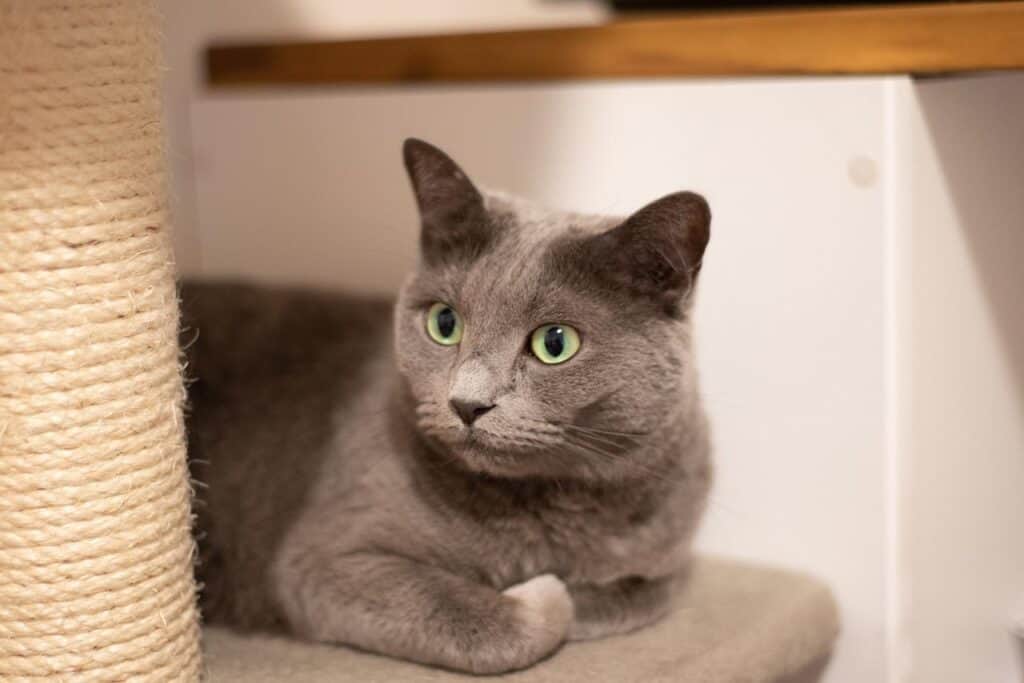
Is the Russian blue for you?
There’s a reason why this breed is popular around the world. Not only is it very beautiful, but it has an even temperament, is easy to maintain, is less likely to cause allergies, and has fewer health problems because it is a natural breed.
However, it does have quirks: a need for familiarity, a high intelligence that demands stimulation, and a shy and cautious temperament that can develop into nervousness in a stressful environment.
So the verdict is: provide a loving, safe, and quiet home for your Russian blue, and you will be rewarded with loyalty and affection, and plenty of lap time and quiet, contented meows.
Do you enjoy reading about cats?
Here are some suggested popular reads on our website.
-
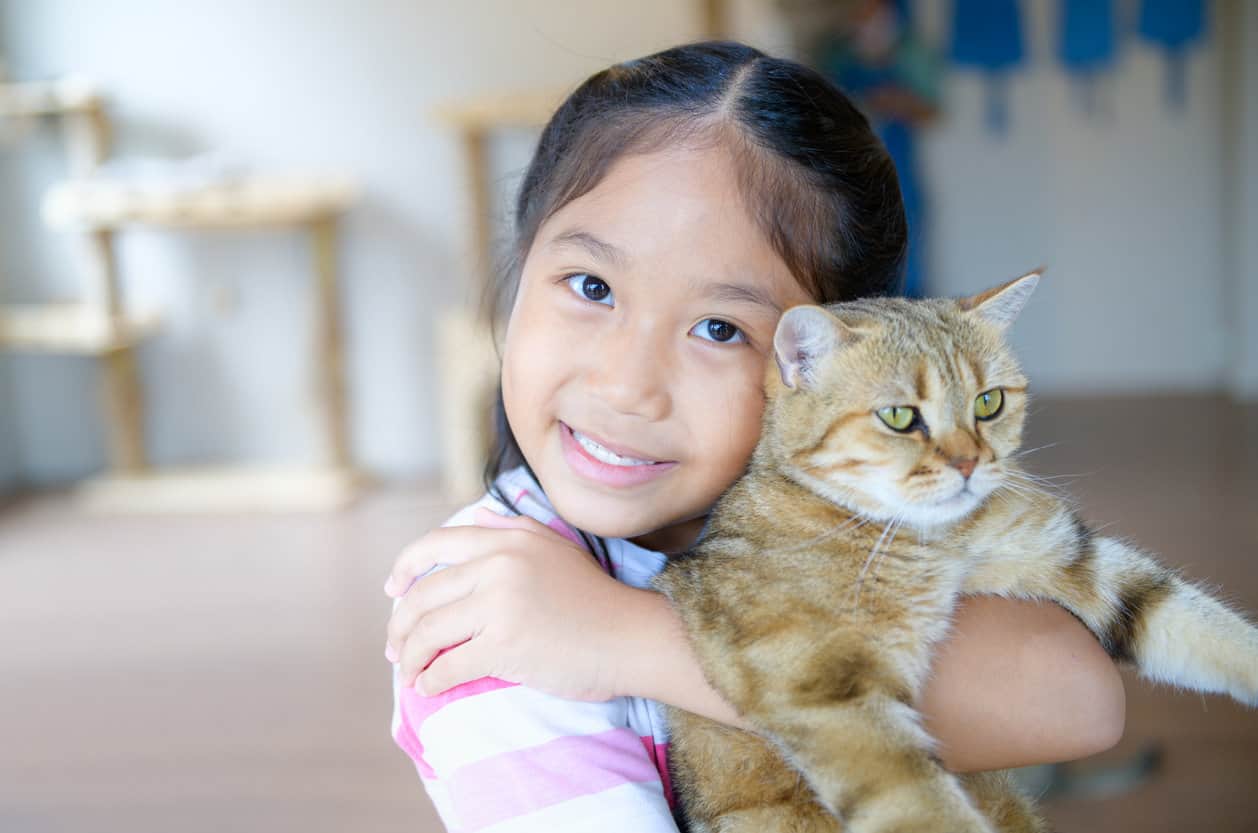
10 Ways to Make Your Cat Live Longer
The oldest cat to ever live passed away at the old age of 38. On average, household cats live between […]
-
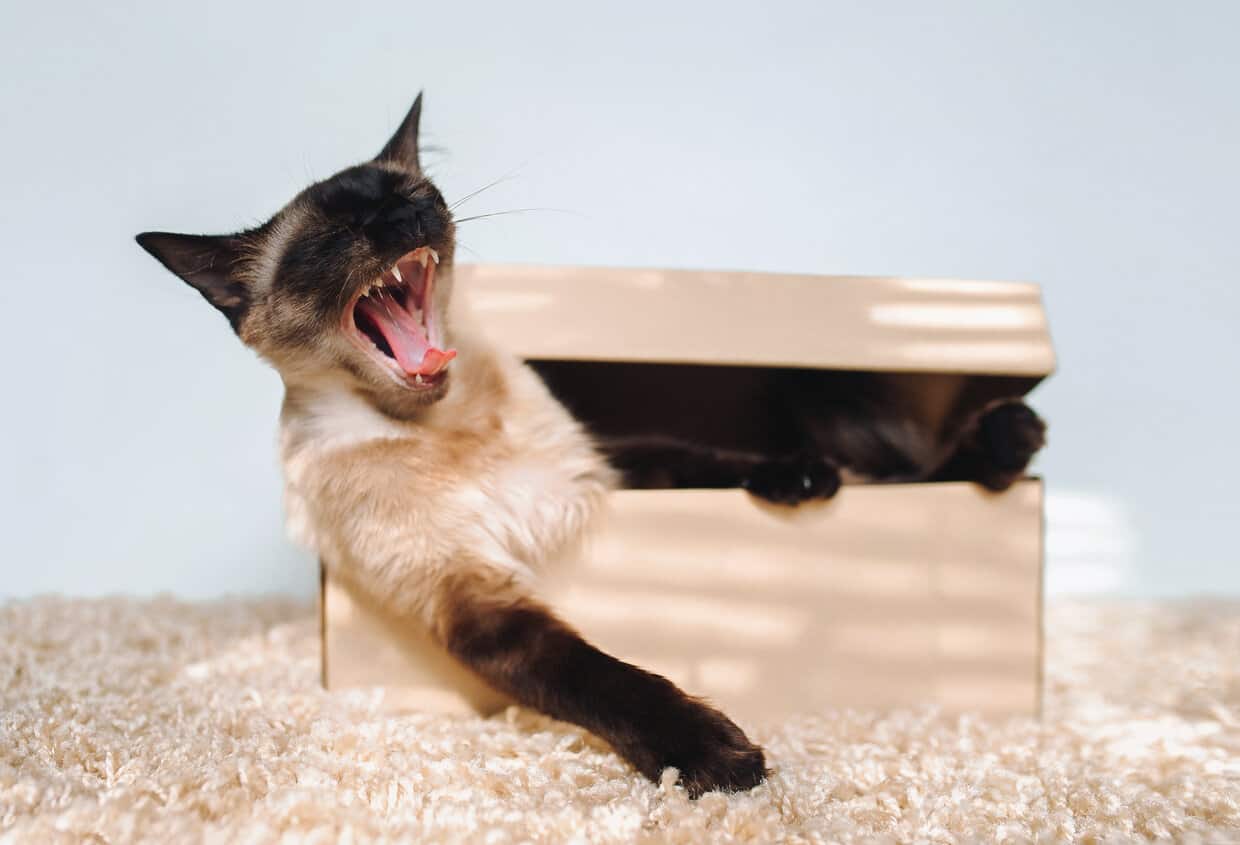
12 Reasons Why Siamese Cats Cry at Night
Siamese cats are a popular breed of cats that many people choose to have as pets. Perhaps you have heard […]
-
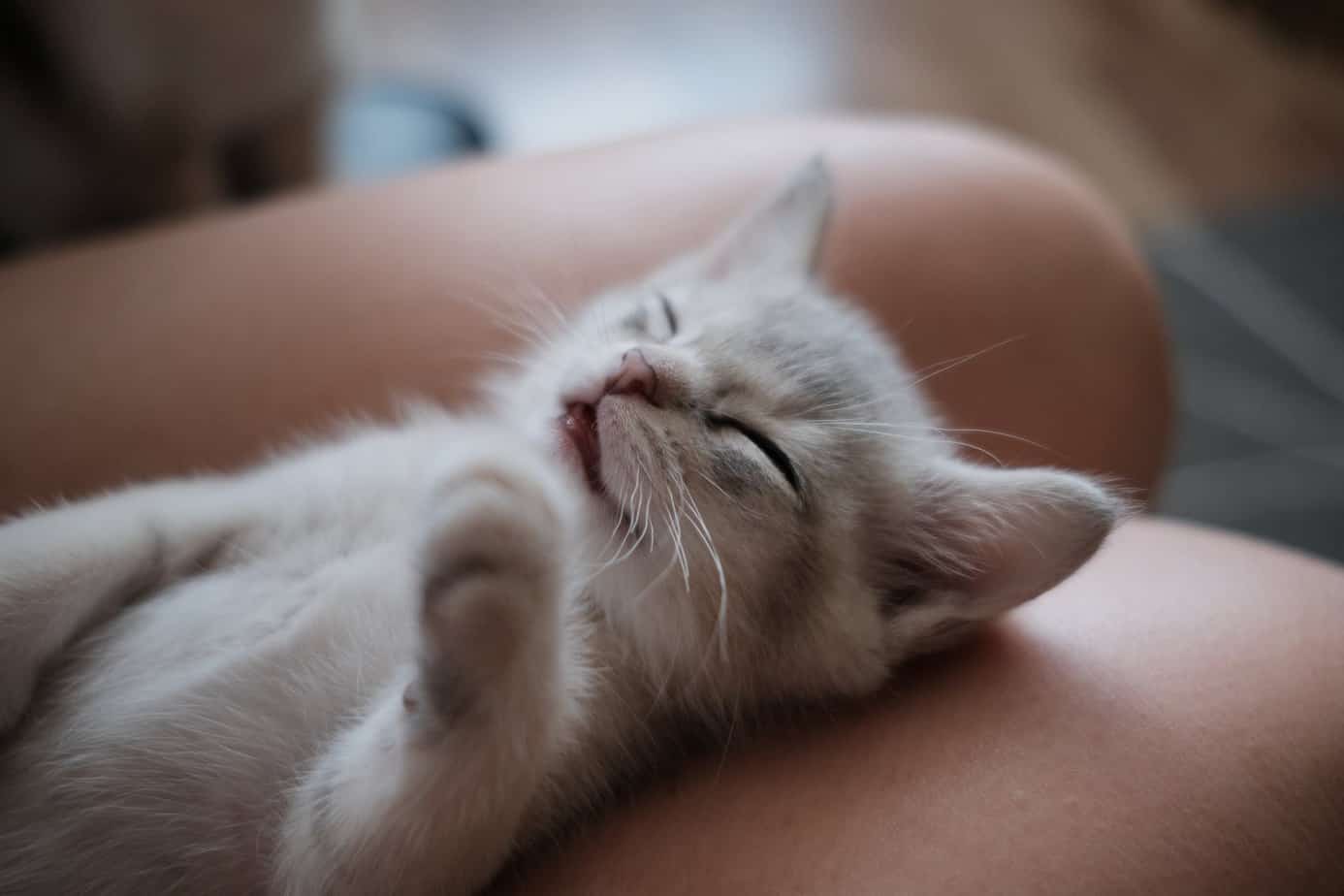
15 Incredible Ways That Cats Show Affection For Humans
Wondering how cats show their affection for humans? We have listed several incredible ways that cats are trying to show their love for us.

